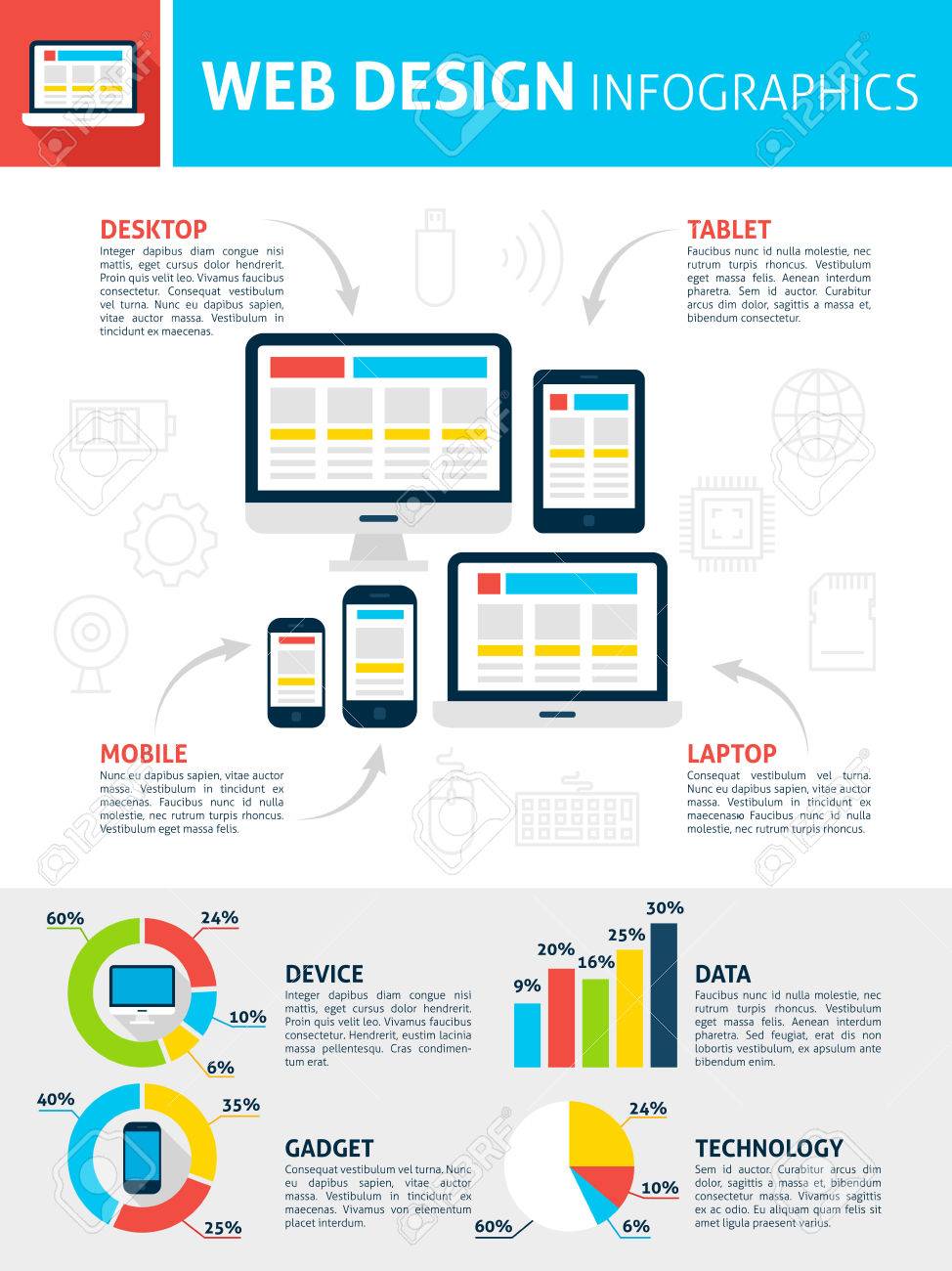Keen To Find Exactly How Site Design Has Transformed With Time? Dive Into The Development From Simplicity To User-Focused Experiences.
Keen To Find Exactly How Site Design Has Transformed With Time? Dive Into The Development From Simplicity To User-Focused Experiences.
Blog Article
Short Article By-Carstens Vangsgaard
In the past, sites were straightforward and focused on info. Navigating was direct, and layout was for desktops. Now, customer experience is crucial. Information guides styles for simple navigation. Receptive layouts suit various tools. Today, dark setting lowers stress, and minimal menus improve navigating. Interactive functions engage users, and vibrant visuals attract attention. AI assimilation boosts engagement. See how layout has advanced to boost your on-line trip.
Early Days of Web Design
In the early days of website design, simplicity preponderated. Websites were basic, with restricted shades, typefaces, and designs. The focus was on offering details rather than fancy visuals. Customers accessed the net through sluggish dial-up connections, so rate and performance were crucial.
Navigating food selections were straightforward, commonly situated on top or side of the page. Internet sites were made for computer, as mobile browsing had not been yet common. Content was king, and developers focused on simple readability over intricate design components.
HTML was the main coding language used, and designers had to function within its restrictions. Computer animations and interactive features were minimal compared to today's criteria. Internet sites were static, with little vibrant web content or customized user experiences.
Surge of User-Focused Layout
With the evolution of site layout, a change towards user-focused design concepts has become progressively famous. Today, creating websites that focus on customer experience is crucial for engaging visitors and attaining service objectives. User-focused style involves recognizing the demands, choices, and actions of your target market to tailor the website's format, content, and features accordingly.
Developers now perform detailed research, such as customer surveys and functionality screening, to collect insights and feedback directly from users. This data-driven approach assists in creating instinctive navigation, clear calls-to-action, and visually appealing interfaces that resonate with visitors. By placing small business search engine marketing at the facility of the style procedure, internet sites can supply a more customized and enjoyable experience.
Receptive design has additionally become a key aspect of user-focused style, making sure that websites are maximized for different devices and display dimensions. This versatility improves ease of access and use, accommodating the varied means individuals communicate with internet sites today. Essentially, the rise of user-focused design symbolizes a change towards creating digital experiences that focus on the requirements and assumptions of the end individual.
Modern Trends in Web Design
Check out the current trends forming website design today. One prominent fad is dark setting layout, using a smooth and contemporary appearance while minimizing eye strain in low-light atmospheres. Another vital pattern is minimalist navigating, simplifying menus and boosting customer experience by concentrating on essential elements. Integrating wordpress web design services -interactions, such as animated switches or scrolling effects, can create a much more interesting and interactive internet site. Receptive design stays important, guaranteeing seamless individual experiences throughout numerous gadgets. Additionally, using vibrant typography and asymmetrical designs can include aesthetic interest and accentuate specific content.
Integrating AI innovation, like chatbots for consumer assistance or customized referrals, boosts customer interaction and improves processes. Access has likewise become a substantial trend, with designers focusing on inclusive style techniques to cater to diverse individual requirements. Welcoming sustainability by maximizing website performance for speed and performance is another arising trend in website design. Collaborating with individual feedback and data analytics to iterate and improve style constantly is vital for remaining pertinent in the ever-evolving electronic landscape. By embracing these contemporary patterns, you can develop a visually attractive, easy to use internet site that resonates with your audience.
Conclusion
As you assess the development of website style from the early days to currently, you can see exactly how user-focused layout has become the driving pressure behind contemporary fads.
Welcome the journey of adjustment and adaptation in web design, always keeping the individual experience at the center.
Remain existing with the current trends and modern technologies, and never quit evolving your approach to create aesthetically magnificent and easy to use web sites.
Progress, adjust, and produce - the future of web design remains in your hands.
